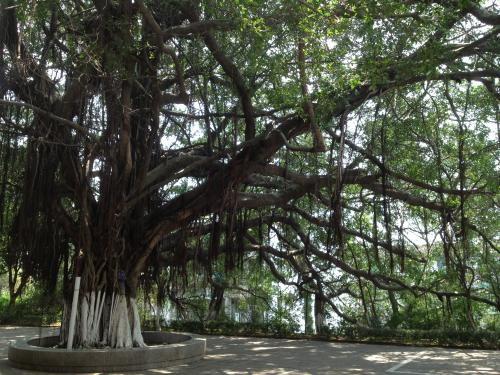This is Scientific American — 60-Second Science. I'm Steve Mirsky.
"Well, lots of people recognize that as humans get older they tend to have less and less children...trees do it the other way around."
David Lindenmayer. He studies conservation, landscape ecology and biodiversity at the Australian National University College of Science in Canberra. On January 26th he spoke to Scientific American Editor in Chief Mariette DiChristina when they were both at the World Economic Forum in Davos.
DL: "What happens is that the older some of these really big old trees get, the more seeds they produce and the more germinants they're likely to have. So it's actually the polar opposite of what we see with humans and most other animals, so really quite extraordinary."

Mariette DiChristina: "And how about the number of older trees that we have today, how does that look?"
DL: "It's quite a distressing situation, because in many, many forests and woodland and other ecosystems around the world, populations of large old trees are declining very, very quickly. And this matters because a lot of biodiversity, a lot of carbon, a lot of key ecosystem processes are associated with those really big, old trees."
MD: "Is there something we can do about this?"
DL: "Absolutely there is. We can make sure we grow more forest, we can make sure we protect the big trees that we have now, and we can make sure that we don't do things that really put a lot of pressure on those trees. Straight out, just cutting them down—we should not be cutting down really big, old trees anymore."
Thanks for the minute for Scientific American — 60-Second Science. I'm Steve Mirsky.












